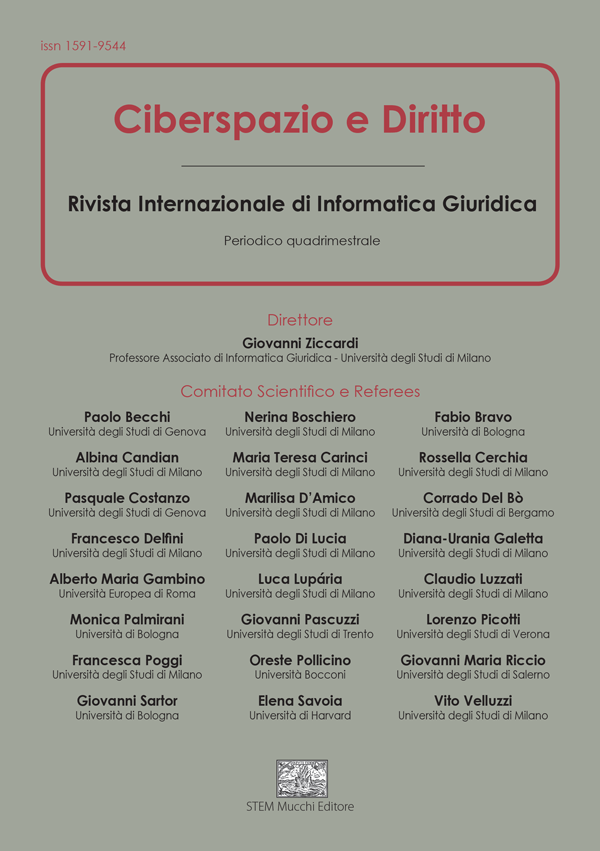Nel 2016 Microsoft lanciò Tay, una IA capace di interagire sui social media e di imparare dai messaggi che riceveva. Dopo solo ventiquattro ore, Tay cominciò a pubblicare contenuti discriminatori e diffamatorii e venne spenta. In casi simili, dal momento che i contenuti verrebbero pubblicati autonomamente da un’IA, c’è il problema di capire chi potrebbe essere ritenuto penalmente responsabile per i danni causati. Traendo spunto dai principi espressi nelle recenti proposte di normative civilistiche della Commissione europea, si ipotizza che la responsabilità penale debba essere attribuita a coloro che hanno i privilegi di amministratore di un’IA. Sebbene tale ipotesi possa sembrare come un tentativo di applicazione analogica, essa si basa sulla considerazione che chi amministra un’IA finisce col rivestire una posizione di garanzia e, quindi, dovrebbe approntare tutte le debite cautele nella custodia e nel governo di essa.
In 2016, Microsoft launched Tay, an AI capable of interacting on social media and learning from the messages it received. After only twenty-four hours, Tay began to publish discriminatory and defamatory content and was shut down. In similar cases, since the content would be published autonomously by an AI, there is the question of who could be held criminally liable for the damage caused. Drawing inspiration from the principles expressed in the European Commission’s recent proposals for civil law, we hypothesise that criminal liability should be attributed to those who have administrator privileges of an AI. Although this hypothesis may seem like an attempt of application by analogy, it is based on the consideration that whoever administrates an IA ends up holding a special legal duty and, therefore, should take all due precautions for the custody and the governance of it.



